The morning drama series “Ochoyan” on NHK, Japan’s national broadcaster, came to an end on May 14 with its final episode.
“Ochoyan” is a story about the life of a comedic actress, Chieko Naniwa, set against the backdrop of the pre-war and post-war periods. The average viewer rating for all 115 episodes was 17.4% in the Kanto area and 17.2% in the Kansai area. The highest viewer rating was 18.9% in the Kanto area on Friday, March 5, and 18.9% in the Kansai area on Friday, May 14, the final episode. Ochoyan averages 17.4% viewership rating, with the compilation on June 19:Asahi Shimbun Digital (asahi.com)
Viewership ratings – Wikipedia
In Japan, Video Research has been conducting real-time viewership surveys since March 2000, while it is stated that from March 30, 2020, mechanical (PM) individual viewership and time-shifted viewership surveys were applied nationwide, and the survey coverage in the Kanto and Kansai regions was expanded to 2,700 households Since March 2000, the survey has been conducted daily in Kanto, Kansai, Nagoya, Sapporo, Sendai, Fukushima, Niigata, Shizuoka, Okayama, Kagawa, Hiroshima, and Northern Kyushu, and on the first Monday of every month (the second Monday in April and October) for two weeks in Aomori, Iwate, Akita, Yamagata, Toyama, Kanazawa, Nagano, Oita, Kagoshima, and Okinawa.
In Yamagata, Toyama, Kanazawa, Nagano, Oita, Kagoshima, and Okinawa, the survey is conducted on the first Monday of each month (the second Monday in April and October) for two weeks.
Even though the ratings are supposed to be surveyed evenly throughout the country, when I checked the ratings of “Ochoyan,” I found that many of the articles were written in the Kanto region.
The fact that Asahi Shimbun Digital goes to the trouble of separating the Kanto region from the Kansai region also raises questions.
My expectation that the low rating of “Ochoyan” was most likely due to the fact that people in the Kanto region could not accept the culture of the Kansai region seems to have been completely betrayed, but I am still wondering why the surveys conducted throughout Japan were not combined into one.
It makes me wonder if there is any credibility to these ratings. There is no way that the viewership ratings for Kanto and Kansai are the same. It is only natural that the viewer ratings in Kansai are higher, but the fact that this is not reflected in the numbers makes me feel disbelief.
In any case, the viewership did not exceed 20% even once, but the reputation on the Internet is not bad at all. On the contrary, it is not an exaggeration to say that the ratings are all high.
One of the most common reasons for the low ratings is that the overall atmosphere is gloomy. It is analyzed that people don’t want to see a dark atmosphere in the morning before going out.
The majority of respondents said that there is not enough blue sky.
This must be the reality of the Japanese people. They pretend not to see the dark things and judge only by the apparent brightness. The true word is dark or light, and it seems that this country no longer has the ability to see the truth.
It seems that the Japanese have become a nation of people who do not understand what is good, who are only cheerful for themselves and do not take others into consideration.
I think the quality of this comedy is extremely high. Shakespeare’s plays were called “going to listen to a play” by the people of that time. It means that a play is not to be watched, but to be listened to. The lines of “Ochoyan” have a wonderful rhythm of the dialogue, and I think the Kansai dialect contributes greatly to this.
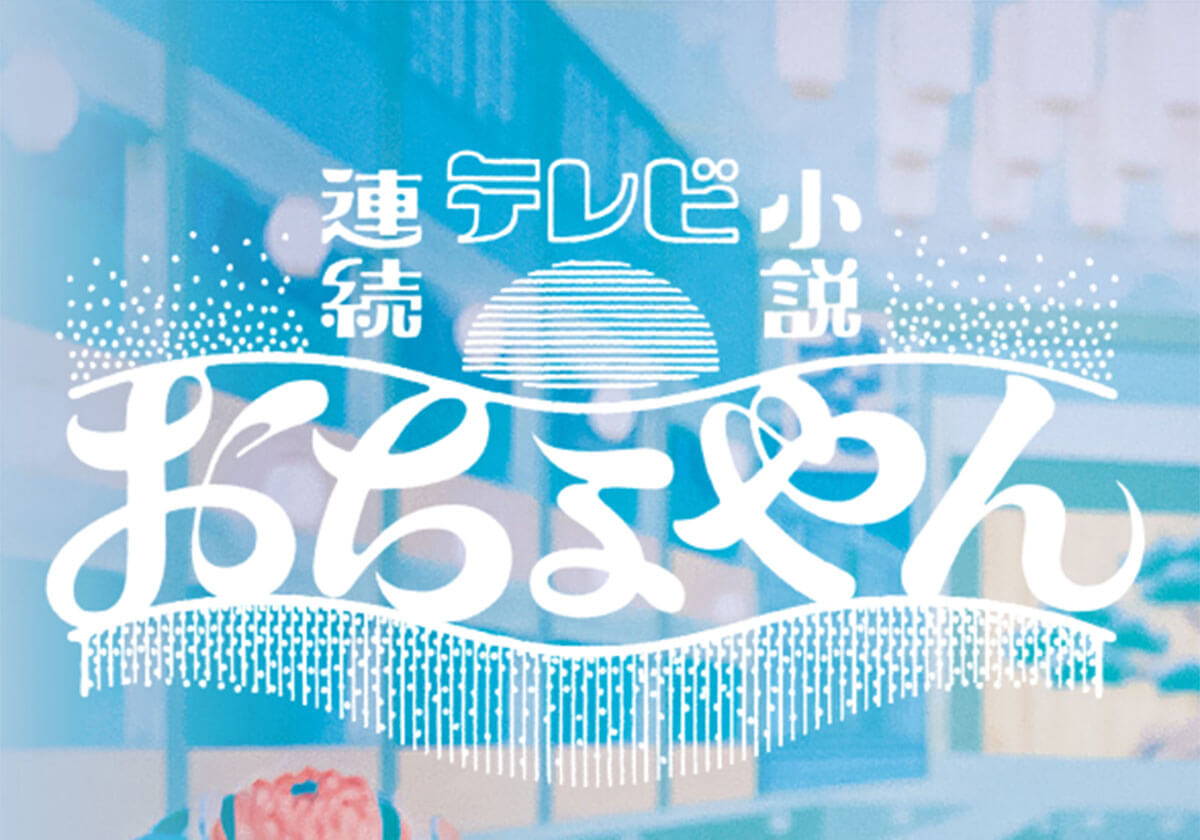
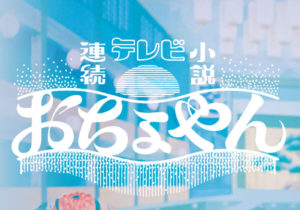
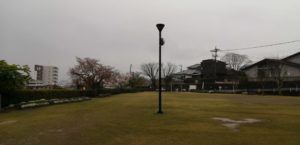




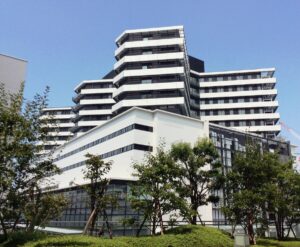
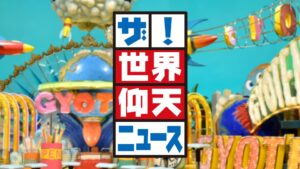


コメント